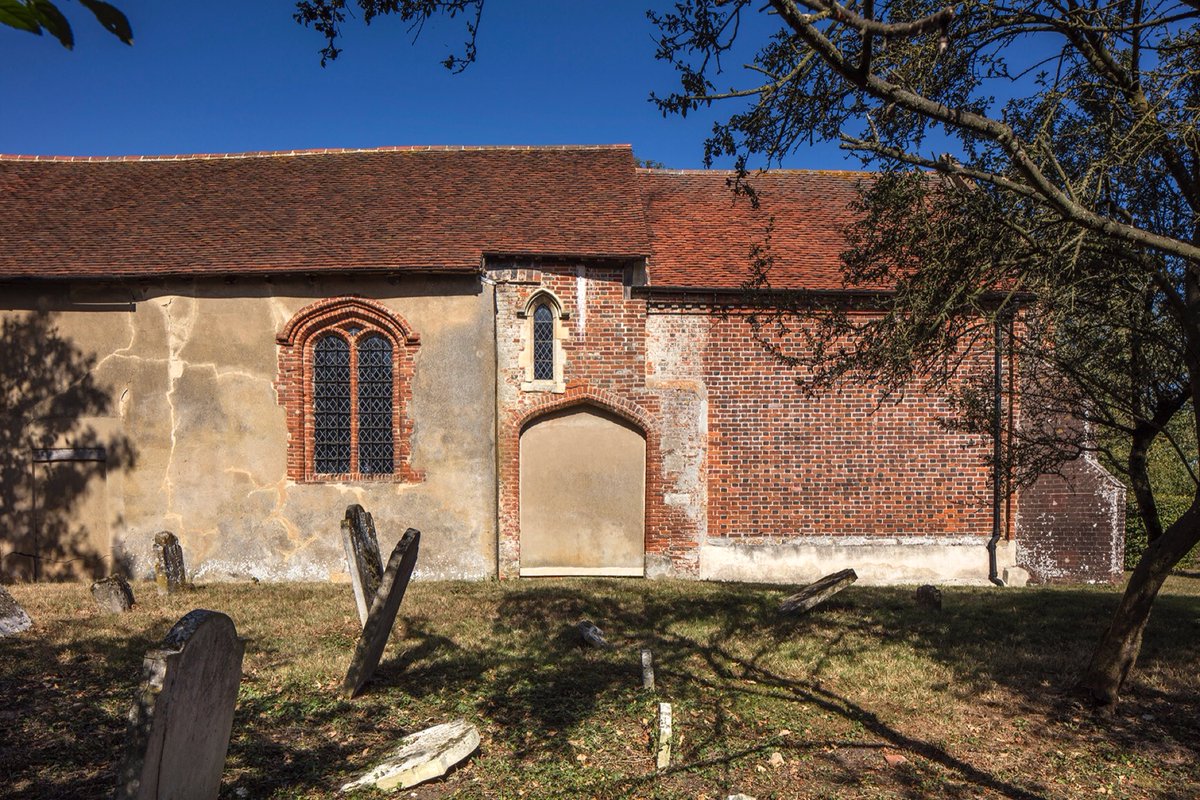
A recent tree survey of the churchyard at St Mary's, Hardmead reveals how this small, moated plot just northeast of Milton Keynes reflects the changing landscape of wild and cultivated Britain.
Herewith, a #thread for #NationalTreeWeek ...
Herewith, a #thread for #NationalTreeWeek ...

After the last ice age, the warming climate made this land a welcoming home for yew, elder, holly, elm, and hawthorn. An Irish yew has joined its close cousin at Hardmead in more recent times, along with a Scottish pine.
2/
📸: Kristina D.C. Hoeppner
2/
📸: Kristina D.C. Hoeppner

An ‘avenue’ of Sycamore grow along the path to the church — perhaps grown from saplings or seeds of much older sycamore trees at the rectory. We may think of the sycamore as a native species, but it only arrived on our island from central/eastern Europe in the Tudor period.
3/
3/

Wealthy Tudors also introduced the ornamental cypress into their formal gardens; one of these Tuscan trees grows in front of the church.
4/
4/
We have three mature red horse-chestnuts, which hang heavy with plumes of pink flowers in the spring. This showy species is thought to have been cultivated in Germany in the early 1800s.
5/
5/

Two trees come from the New World:
The Indian bean tree (which isn't Indian and doesn't have beans), is a native of the southeastern United States, which first arrived in the UK in 1726.
6/
The Indian bean tree (which isn't Indian and doesn't have beans), is a native of the southeastern United States, which first arrived in the UK in 1726.
6/

And towering above all of the other trees in the churchyard is a Wellingtonia, or 'giant sequoia', which stands 26 metres tall.
7/
7/

This immense and iconic species of redwood only grows naturally in groves on the western slopes of the Sierra Nevada mountain range of California.
Our Wellingtonia has quite a tale to tell... and we'll share its story tomorrow...
8/8
Our Wellingtonia has quite a tale to tell... and we'll share its story tomorrow...
8/8

• • •
Missing some Tweet in this thread? You can try to
force a refresh



















